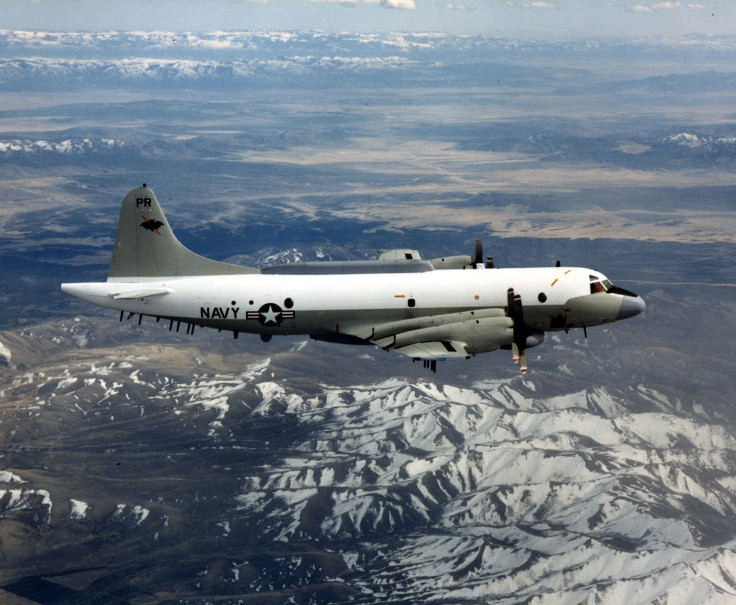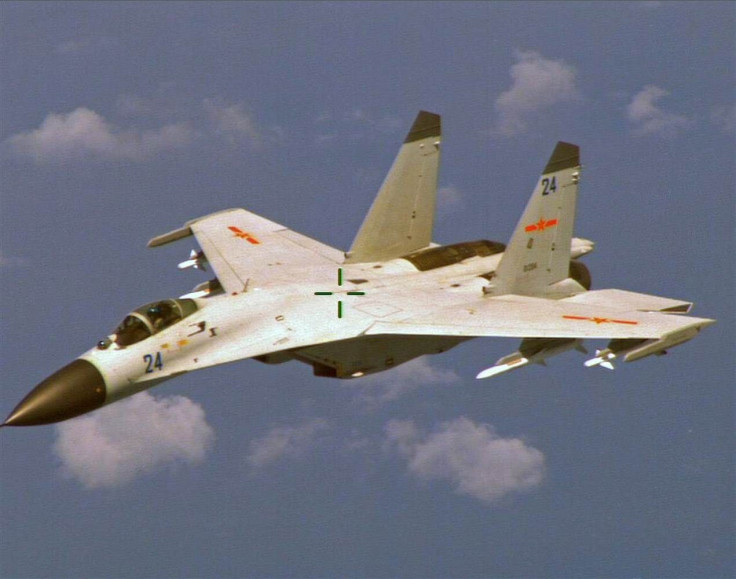Pentagon: ‘Unsafe’ Intercept Of US E-P3 Spy Plane By Chinese J-11 Fighter Jets

Two Chinese fighter jets intercepted a U.S. spy plane in “international airspace” in a maneuver characterized as “unsafe,” U.S. defense officials said Wednesday.
The incident occurred Tuesday as a U.S. Navy EP-3 reconnaissance plane was flying over the South China Sea. The two Chinese J-11 fighter jets flew approximately 50 feet from the U.S. aircraft, Lt. Col. Michelle Baldanza, a Pentagon spokeswoman, said in a statement.
“Initial reports characterized the incident as unsafe,” Baldanza said in a written statement to NBC News, adding, “Over the past year, DoD has seen improvements in PRC [People’s Republic of China] actions, flying in a safe and professional manner.”
Baldanza added that U.S. officials were addressing the incident through proper military and diplomatic channels.
Scroll down for more.

The U.S. has expressed to Beijing its concern over China’s expansionist policy in the South China Sea, including the creation of islands from coral reefs used to park Chinese naval assets in this vital global shipping region with large oil and gas deposits. The Chinese government in Beijing accuses the U.S. of increased naval patrols and reconnaissance missions in the region, including disputed waters.
Brunei, Malaysia, the Philippines, Taiwan and Vietnam all dispute China’s claims to large swaths of the maritime region. The U.S. asserts its right to reconnaissance and other patrols within 12 nautical miles of islands in the South China Sea involved in regional territorial disputes.
In 2001, a U.S. Navy EP-3 and a Chinese J-8 fighter collided in a similar situation, causing the death of the Chinese pilot and forcing the damaged U.S. reconnaissance plane to land on China’s Hainan Island. Twenty-four U.S. crew members were held in the so-called Hainan Island incident until the U.S. issued an ambiguously worded statement that defused the tensions by allowing both sides to avoid taking the blame.
Last month, the Pentagon expressed concern over “repeated incidents” of Russian pilots behaving in an “unsafe and unprofessional” manner by flying very close to U.S. Navy ships. In one incident, two Russian Sukhoi Su-24 Fencer fighters buzzed within 30 feet of the USS Donald Cook in international waters in the Baltic Sea.
© Copyright IBTimes 2024. All rights reserved.






















